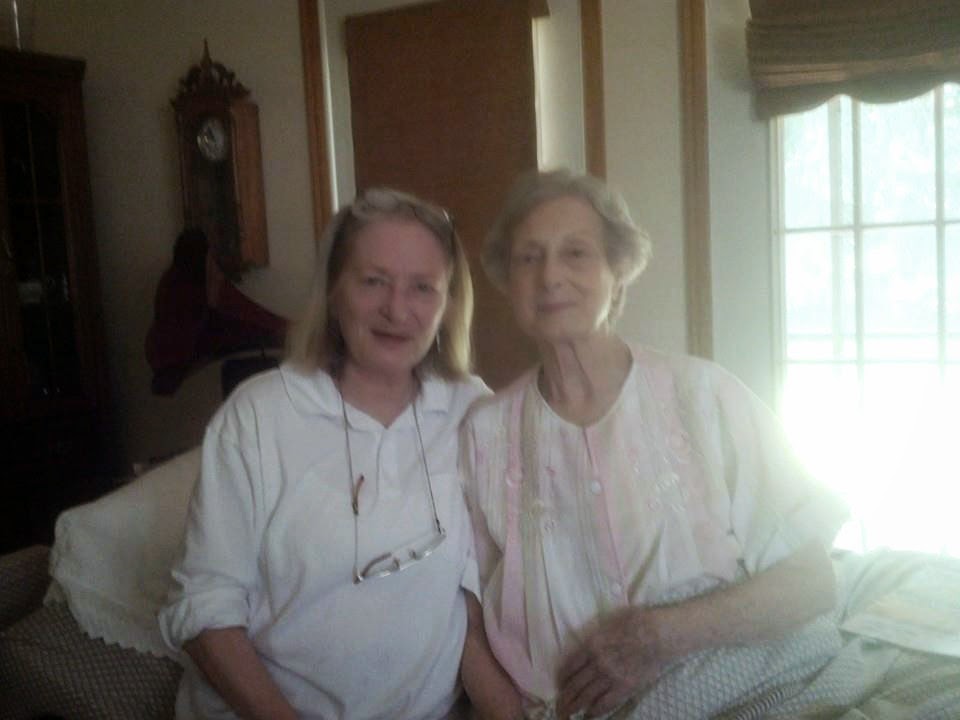 |
| Saints arising from the dead, different than the average person. |
Burying a body to face east is a long-standing tradition that goes back centuries. In Christian belief, this body orientation is never directly referenced in the Bible. But, ancient tradition dies hard, so some scripture was used to validate the continuation of this body orientation, including Matthew 24:27:
For as lightning that comes from the east is visible even in the west, so with be the coming of the Son of Man.
Another reference is found in Ezekiel 43:1
Then the man brought me to the eastward facing the gate, and I saw the Glory of God coming.
And, yet another reference in Luke 1: 78, 79:
...because of the tender mercy of our God, by which the rising sun will come to us from heaven to shine on those living in darkness and in the shadow of death...
Enough for references. You get the picture -- by being buried facing east, a body could be easily resurrected facing the Son of God. Simple, I thought, and very convenient for fast and easy resurrection. But, I learned that many Christians today aren't aware of this tradition. They aren't even aware that many churches were built so that congregations were facing east to meet the Son of God should he arrive on a Sunday morning between, say, 10:00 a.m. and 11:00 a.m. Or, on a Wednesday night. Or, during choir practice.
So, therefore, I am a bit of a cemetery snob. But, I have learned that the funeral home that oversees this particular cemetery where my mother will be buried knows about this tradition. And public works, which oversees cemetery maintenance, also knows about this tradition. I assumed I could trust them, then, in placing stones in the correct positions.
So why did I sense something was awry when I visited that cemetery earlier this year after my mother's death? Dad and I had traveled to talk to the funeral home about the plots, since dad was entitled to two of those plots -- one for him and one for his wife -- as a direct descendant. There were plenty of plots left, but mom and dad decided to be cremated and share one plot. This cemetery allows that practice (not all cemeteries do).
By the time I had figured out the problem, the owner of the funeral home was in attendance, as well as one of the funeral directors, and the head of public works. We all realized that the headstones in our family plots were being placed at the feet of the graves. If I go into details here, I won't have anything left for this chapter in my book. Let's just say the situation was rectified the following day. Since no bodies had to be moved, all was well (the mystery deepens, no?).
Today, my father and I traveled to that cemetery again to view my mother's headstone for the first time. When we walked up to the plots, dad and I looked at each other and burst into laughter. My mother's headstone was in the wrong place. Fortunately, I'm a cemetery snob. I had the funeral home's phone number, and I called and talked directly to the owner. The conversation, in my opinion, was hilarious. At the end, the funeral home owner said, "One day we'll get this right." I answered, "Yes, when all the plots are filled."
Fortunately, mom is at home in her urn on the fireplace mantel. No body had to be moved. All is well for now.
About the image with this blog entry -- attribution is below. Note that the people arising from the dead in this image are saints. Saints, clergy, and other religious leaders are different than ordinary people. They, traditionally, are buried in the opposite direction of the congregation; so, when the resurrection arrives they can lead the masses that arise to face the Son of God. I don't know why, but I keep thinking about phrasing this tradition as an "organized Walking Dead." I'll probably burn for that thought.
"Plaque resurrection dead VandA M.104-1945" by Marie-Lan Nguyen - Marie-Lan Nguyen (2012). Licensed under Creative Commons Attribution 2.5 via Wikimedia Commons - http://commons.wikimedia.org/wiki/File:Plaque_resurrection_dead_VandA_M.104-1945.jpg#mediaviewer/File:Plaque_resurrection_dead_VandA_M.104-1945.jpg













